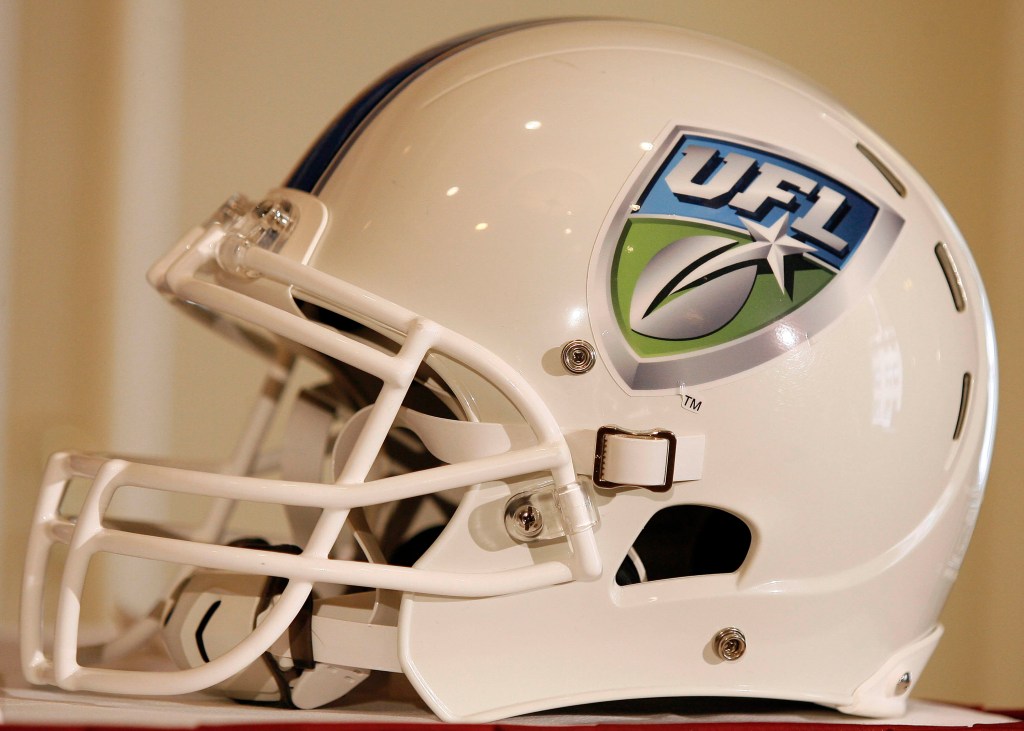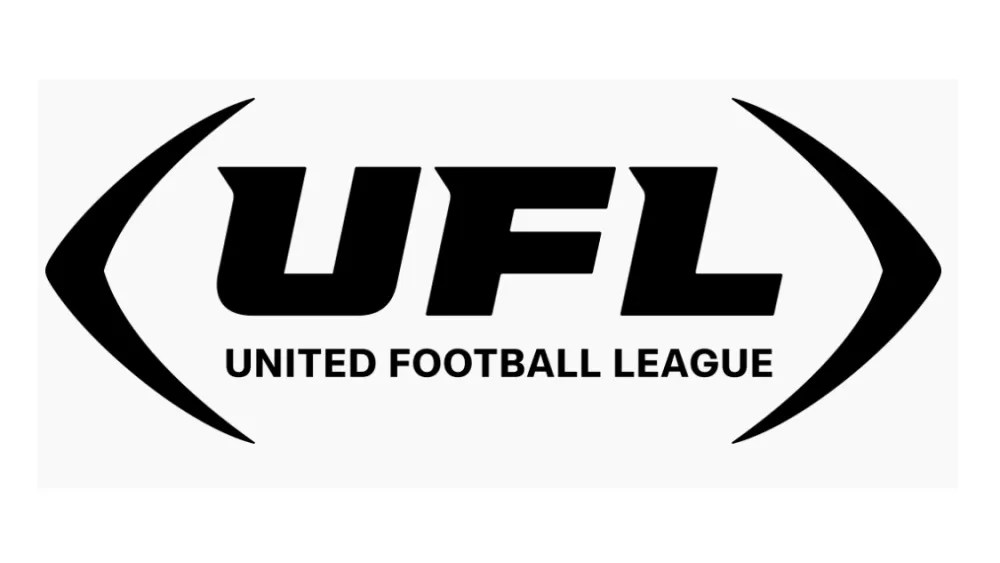
What are the UFL rules? The launch of the United Football League is the latest venture in spring pro football, combining the XFL and the United States Football League. Ahead of the 2024 season, we’ll take you through all the UFL rules you need to know.
Let’s dive into the USFL rules for the 2024 season.
Related: UFL games today
What rules will the UFL have?
The UFL will have plenty of similarities to the National Football League, but UFL officials have done a great job coming up with ways to make spring football exciting. From three different ways to score points after a touchdown to a unique passing set-up, the UFL rules do a great job standing out from the NFL. All of this is directly from the UFL’s website.
Kickoffs
Kickoffs in the UFL will look very familiar, with the league taking a similar set-up as the NFL and college football. In the United Football League, the kicking team will kick from the 20-yard line from their side of the field. However, there are some differences beyond that.
Related: Highest-paid NFL players
- Kickoff line: 20-yard line
In the event of a kickoff out of bounds, the receiving team will start with the football either 30 yards from the spot of the kickoff line or where the ball went out of bounds, whichever is the better field positioning. Importantly, any kickoff that goes untouched by the receiving team can only be recovered by the kickoff team within 20 yards from the spot of the kick.
- UFL touchback line: 25-yard line
Whether it’s a punt or kickoff, any touchback will automatically result in the receiving team starting with possession at the 25-yard line. Furthermore, any punt that goes out of bounds within the receiving team’s 25-yard line will be ruled a touchback.
Onside Kicks and Alternate Possession Option
UFL teams are allowed to attempt an onside kick at any point in the game, but there’s also an alternative to the onside kick. Under USFL rules in the fourth quarter, the kicking team is allowed to retain possession for their offense after a score and attempt a 4th-and-12 from their 28-yard line. Importantly, this option only applies when a team is either trailing or the game is tied in the fourth quarter.
Points After Touchdown
After a team scores a touchdown, they will have three scrimmage play options (run or pass) to add additional points.
- 2-yard line: 1 point for a successful try
- 5-yard line: 2 points for a successful try
- 10-yard line: 3 points for a successful try
Related: Best NFL dynasties
UFL rules: Two Forward Passes

Unlike the NFL, UFL rules allow for teams to attempt two forward passes. In the United Football League, the possessing team can attempt two forward passes on a single play, however, the football can’t cross the line of scrimmage prior to the second forward pass being thrown.
Related: NFL mock draft
What is a catch in the UFL?
After years of confusion over what a catch is in the NFL, the United Football League is making things simpler. Under league rules, a catch is defined as when a player secures control of the football prior to the ball touching the ground, while the player is touching the ground in bounds with both feet or any part of his body other than his hand on the ground inbounds.
Related: 2024 NFL Draft order, picks by team
Defensive Pass Interference
In the UFL, defensive pass interference results in either an automatic 15-yard penalty or a spot foul if the DPI occurred less than 15 yards downfield. If referees determine intentional defensive pass interference was committed beyond 15 yards downfield, it will be a spot foul at the mark where the DPI was committed.
Related: NFL defense rankings
Replay Review
Designated officials are allowed to stop a game at any point before the football is put in play to review the previous play if it is deemed reviewable under UFL rules. Furthermore, the aforementioned designated officials are allowed to institute a replay if there is “reasonable evidence” to believe an error was made on the original ruling of the play. Any call or non-call regarding player safety is also subject to a replay review at any point during the game. In the last five minutes of the fourth quarter or in overtime of a UFL game, any call that is deemed “obviously incorrect” and has a “significant impact” on the outcome of the game can be overturned.
Coach Challenges in UFL
Under UFL rules, coaches are permitted one challenge at any point during the game to try and overturn either a foul or potential foul, as long as their team has a timeout remaining. If the coach’s challenge is successful, they will not lose their timeout. If the challenge is unsuccessful, the timeout is lost. In either scenario, the coach only has one challenge to use.
Related: Highest-paid NFL coaches
UFL overtime rules

If a game goes to overtime in the UFL, each team receives alternating scoring attempts from their opponent’s 5-yard line with no kicks allowed. There is a best-of-three format in UFL overtime or until a winner is determined by the alternating offensive possessions.
Can NFL players play in the UFL?
No, under UFL rules, NFL players who are currently under contract with teams are not permitted to participate in the United Football League.
You can find all of the UFL rules, including the finer points of field dimensions, passing plays and key terms in the official UFL rulebook.


